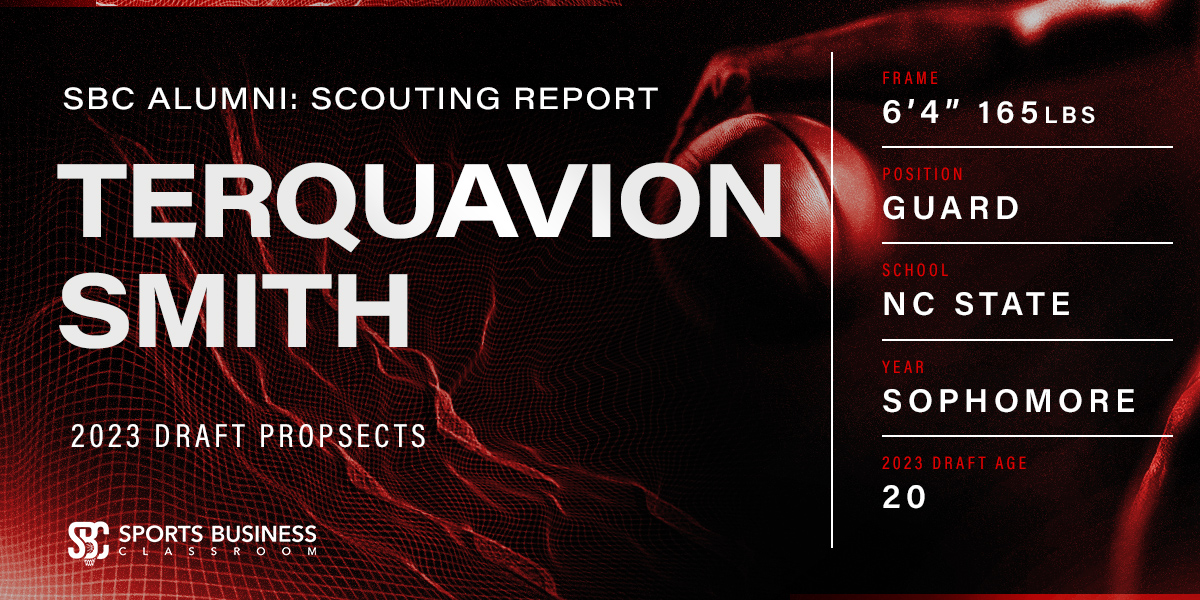
[The following scouting report is part of a series on potential 2023 draft prospects from Sports Business Classroom alumni.]
Terquavion Smith
Frame: 6′ 4″, 165 lbs
Position: Guard
Team: NC State
2023 draft age: 20
Stats via: ESPN, Barttorvik, NBAdraftnet, NBA.com
Offense
After a promising freshman season, Smith elected to forego the 2022 NBA draft and return for his sophomore campaign. However, a disappointing second season now has Smith sliding down draft boards toward the end of the first round. His efficiency took a hit, and Smith failed to take the leap many coaches, fans, and scouts had envisioned.
Still, the young guard has much promise- Smith has a smooth jumper, can create his own shot, and looks to score at will. His usage percentage of 29.3 was amongst the highest in the nation, ranking 11th in the country of all high-major Division I players. None of the 10 players ranked ahead of Smith in usage percentage cared for the ball better. Smith’s 13.0 turnover percentage led the bunch and ranked third of the 50 players with the highest usage percentage in the nation.
Many teams keyed in on Smith defensively this past season, contributing to his efficiency woes. Still, Smith was able to average over 17 points per game, leading his team in points and assists en route to an NCAA tournament bid as an 11 seed. Smith’s poor efficiency didn’t take away from his team’s success. Despite shooting below 40 percent from the field, Smith’s confidence never dwindled; he’s an electric scorer who can get hot from deep. Smith had 18 games this past season where he made at least three three-point field goals, shooting 40.4 percent (68 for 168) in those games.
He has a light frame, sometimes preventing him from attacking the basket. He shot just 53.1 percent (60 for 113) on close two’s ranking 58th of 70 high major Division I players with a usage percentage above 25 and playing at least half their teams’ minutes. Smith’s free throw rate also ranked towards the bottom of these players, ranking 50th of 70. Smith has the athleticism and height to score in the paint but lacks the strength, a critical component that may hinder his NBA career.
He’s a willing but inconsistent passer with an assist percentage of 22.9, ranked 23rd of the 70 players with the highest usage percentage in the country. However, Smith often forced up contested shots rather than look for his open teammates. Smith’s score-first mentality forces defenses to focus on him, leading to one-on-one opportunities for his teammates.
Smith has the athleticism and playmaking abilities to drive past defenders, get to the paint, and create opportunistic looks for himself and his teammates. However, he too often refrains from driving to the paint, settling for the first open look he gets (illustrated by his 8.3 three-point attempts per game).
Defense
Smith has a slight build but uses his athleticism and wingspan to disrupt passes and create steals. His 1.4 steals per game were second on the team, and his steal percentage of 2.5 is respectable. Smith has the quickness and agility to keep up with guards along the perimeter and possesses the athleticism to get back into plays when beaten. Still, weighing in at 165 lbs, Smith struggles to fight through screens and compete in the post.
Smith is a capable defensive rebounder, averaging 3.6 rebounds per game. Bigger players can box him out easily to gain position, but Smith’s elite athleticism can cut the gap of strength opposing players possess on him.
His 1.2 block percentage ranked seventh of the 62 Division I high-major scoring point guards who played at least 50 percent of their teams’ minutes, displaying his athletic nature and willingness to hustle back into plays. Far from an elite defender, Smith’s 6’7″ wingspan, quickness, and speed allow him to compete defensively. He won’t become a lockdown defender, but his willingness to win and compete are encouraging signs which improve his defense and highlight his overall game.
Looking Ahead
Despite a true shooting percentage of 49.5 (ranked 46th of the previously mentioned 62 players), Smith is an electric scorer with long-range, elite athleticism and shot-creation abilities. He was the focal point of the opposing team’s defensive game plans and still scored 17 points per game, including double digits in 32 of 34 games.
Smith’s current weight would make him the lightest player in the NBA, as just five players weigh less than 180 lbs. Just one, RJ Hampton, was a first-round pick, and none of the five averaged over 20 minutes or seven points per game (Theo Maledon averaged the most at 19.4 minutes and 6.7 points per game).
Anticipate an off-the-bench role for Smith until he bulks up and proves his slender frame won’t be a defensive liability. Smith has the scoring mentality and ability to become an effective sixth man, but his shot selection must improve. Shooting below 40 percent on high-volume shooting won’t cut it in the NBA. Smith is a better shooter than his numbers indicate but must use his athleticism to cut and slash to get to the rim. Settling for contested threes will cause his minutes to dwindle, limiting his ability to score and add value off the bench.
Smith’s shooting percentages fell from his freshman season, and his free throw percentage has hovered around 70 percent. With his frame, Smith may find it challenging to score in the paint, emphasizing the significance of his outside shot selection. Smith can make the most significant impact by running in transition and hovering around the perimeter. His speed and quickness should enable him to get to the rim, but his propensity for settling on outside threes to avoid contact may hinder his production. Still, a young athletic guard who competes and plays hard, Smith should be able to carve out a scoring role off the bench and provide instant offense during his rookie season.


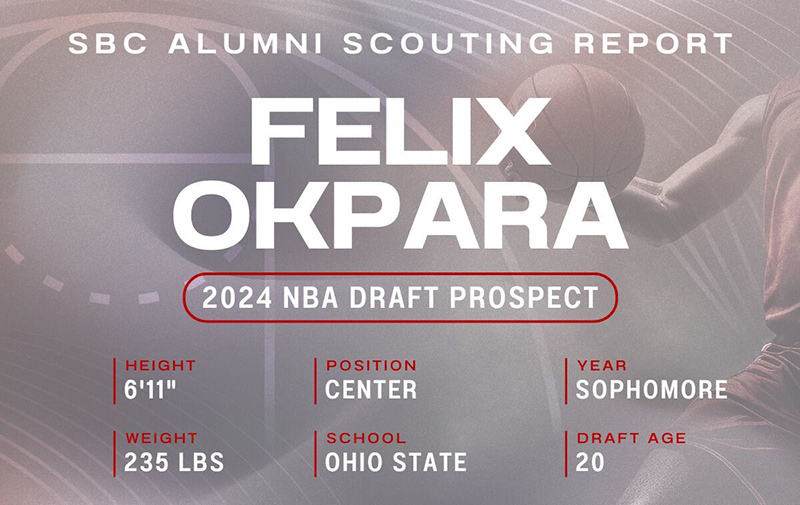
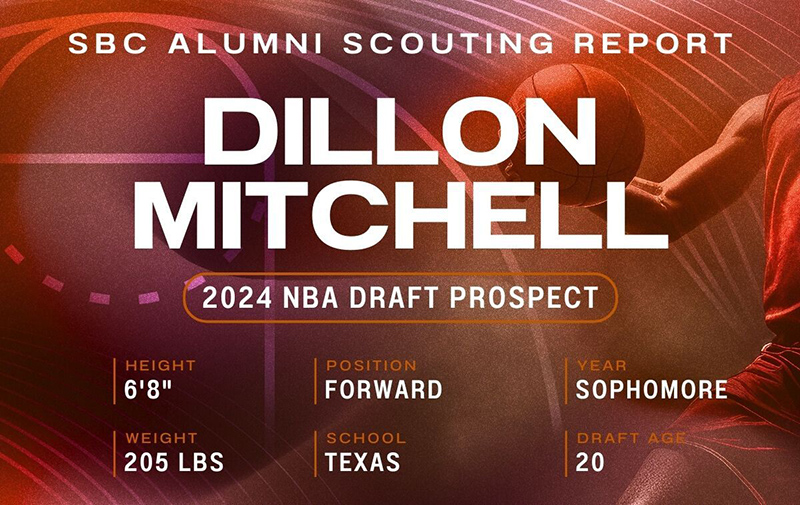
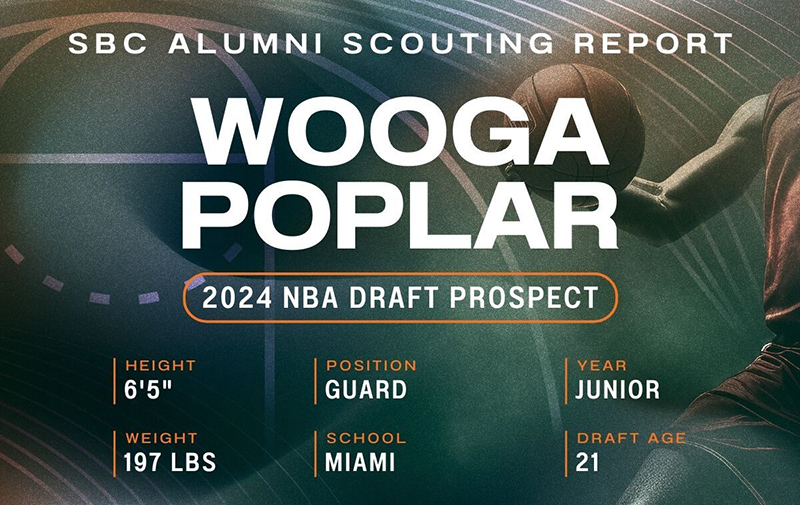
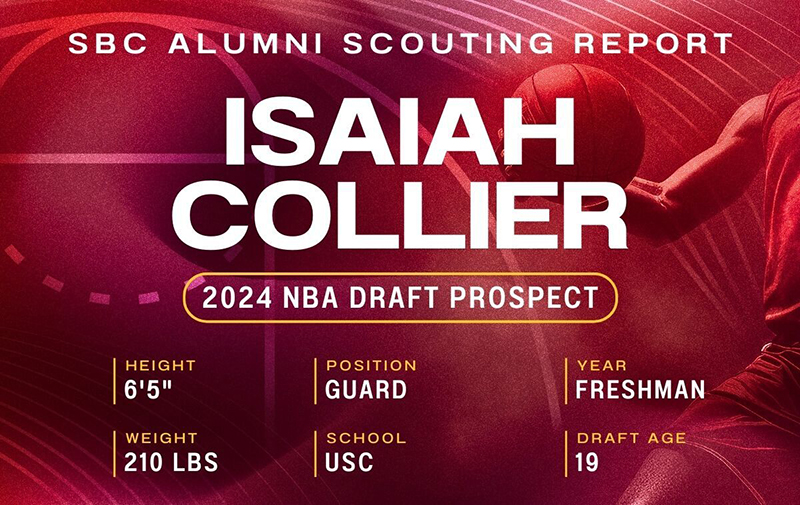
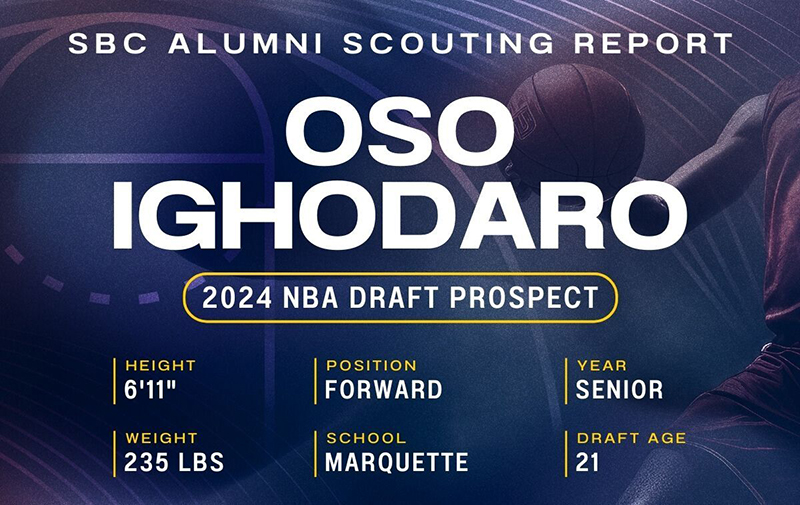
Leave A Comment